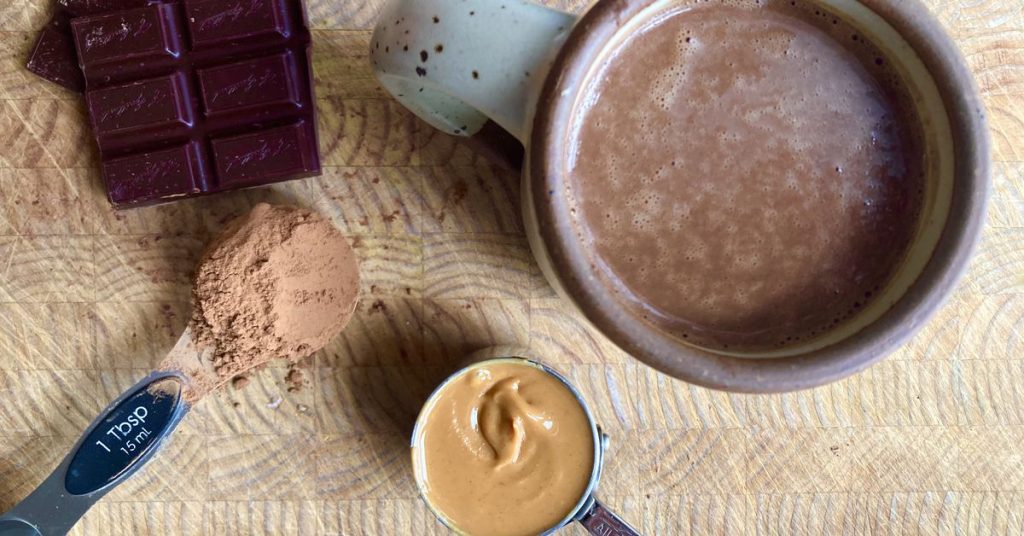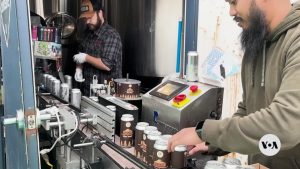I’m not a coffee drinker. Never have been, never plan to be. But what I can say is this: coffee drinkers have it easy. No matter where you go, almost without exception, you are more or less guaranteed to find coffee. The world is made for coffee people, and, to a lesser extent, tea people — I’m not saying you’ll necessarily find something you love, but you will find something, and it will likely be hot, or even more likely too hot.
But to be a hot chocolate person is to be forged in a crucible of misguided hope and enduring disappointment. Because most hot chocolate absolutely sucks.
Even in New York, the hot-beverage utopia that I call home, the hot chocolate sold at cafes and coffee shops tends to fall into one of two categories: either it’s not hot, or it’s not what anyone in their right mind would refer to as chocolate. Most often, you’re served lukewarm brown glucose water topped with an inch of foam or whipped cream that serves no discernible purpose aside from that of distracting you from the sad travesty pooled beneath it. If you do happen to find good hot chocolate — the kind that’s hot, rich, and bittersweet, enrobes your tongue in silk and gradually cools to a pudding-like consistency — it’s a beautiful thing. (For examples thereof, see: the city of Paris, and New York’s late and forever lamented City Bakery. Or Jacques Torres. Or Bar Pisellino, where I recently had the best cup I’d found in a year.) But good hot chocolate also creates its own problem that is not a problem: it’s too rich, for me at least, to drink with any frequency.
What all of this has taught me is that the best hot chocolate is made at home. That’s very easy to do, fortunately, since hot chocolate doesn’t really demand a recipe — but if you do want one, there are many, many out there. Most call for using dark or unsweetened chocolate in addition to or in place of cocoa powder, which provides a complexity that immediately differentiates them from the one-note, cloyingly sweet cups you’ll find at the majority of cafes or coffeeshops. These recipes are made by whisking the chocolate and various other ingredients into simmering milk, which effectively emulsifies everything into a velvety whole that is best served immediately. Other techniques call for adding the milk to the ingredients, and then simmering it all together. This method is used in one of my favorite recipes, a vegan variation from NYT Cooking — made with nut butter, it’s so rich and thick that it quietly dares you to eat it with a fork.
And then, of course, there’s the wide world of hot chocolate mixes. The great thing about mixes, from the subpar to the remarkable, is that you can doctor them according to your taste, all but guaranteeing you’ll wind up with something worth drinking. You can’t ask a barista to sneak in a shot of bourbon or maple syrup, or request minute customizations without looking like an asshole. But at home, you can do anything.
Most of the time I improvise with some combination of oat milk, maple syrup, and cocoa powder, but sometimes I like adding malted milk powder, too. Peanut butter and shards of dark chocolate have also found their way in there. It doesn’t always work, but when it doesn’t, I have only myself to blame, and somehow that’s preferable to directing my ire towards strangers who categorically do not give a shit. It’s up to us, my fellow hot chocolate drinkers, to take matters into our own hands, to be the change we want to drink. A better world is possible, if only we’re willing to haul out a tablespoon and turn on the stove.








